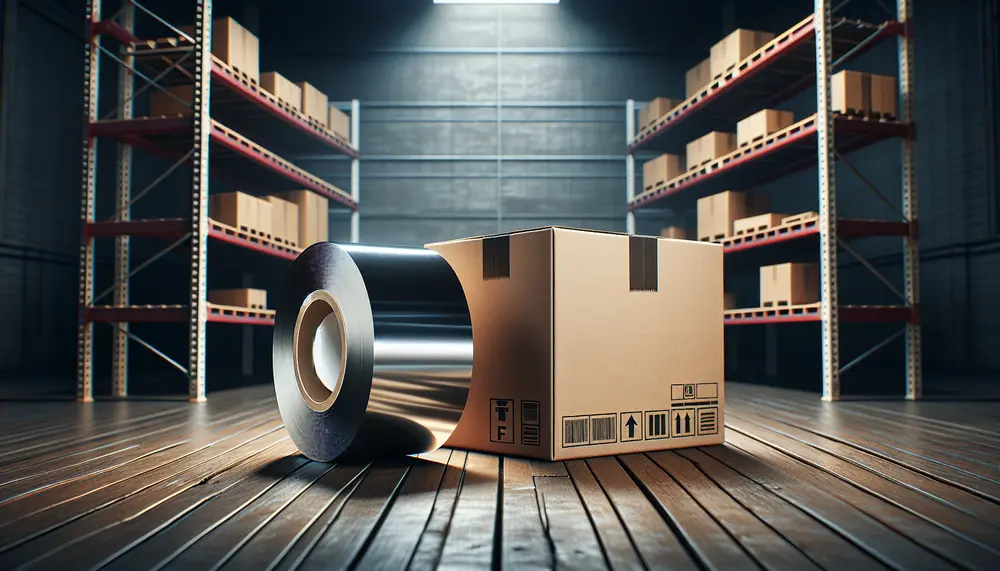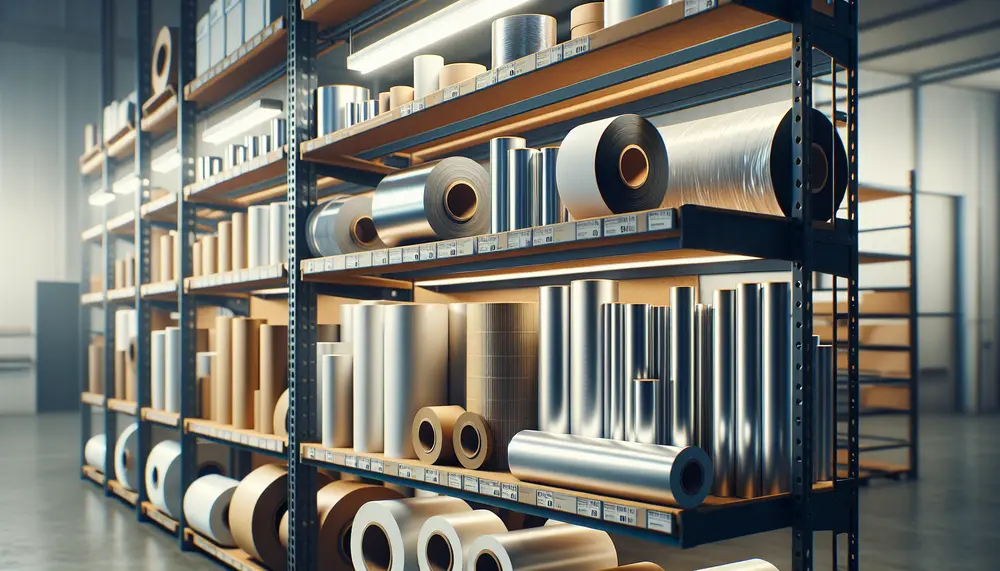Load Stability
Load Stability
Load Stability
Load Stability is a crucial concept in the packaging industry. It refers to the ability of a packaged load to remain secure and intact during transport and storage. Proper load stability ensures that products do not shift, fall, or get damaged.
Why is Load Stability Important?
Maintaining load stability is essential for several reasons. First, it prevents product damage, which can lead to financial losses. Second, it ensures safety during transport, reducing the risk of accidents. Lastly, it helps in maintaining the quality and integrity of the products.
Factors Affecting Load Stability
Several factors can impact load stability. These include the type of packaging materials used, the method of stacking, and the use of securing devices like straps or shrink wrap. The weight distribution of the load also plays a significant role.
Improving Load Stability
To improve load stability, companies can use high-quality packaging materials and follow best practices for stacking and securing loads. Using pallets, corner boards, and stretch films can also enhance stability. Regular training for staff on proper loading techniques is equally important.
Examples of Load Stability in Action
Consider a pallet of bottled water. If the bottles are not secured properly, they can shift during transport, causing the pallet to become unstable. By using shrink wrap and corner boards, the load remains stable, preventing damage and ensuring safe delivery.
Blog Posts with the term: Load Stability

Stretch film, a highly elastic plastic wrap used for securing items during transport or storage, comes in various types and has evolved with technology to offer improved durability and efficiency. Innovations include nano-hybrid films, intelligent tracking features, automated application systems,...

Packaging film rolls are versatile plastic sheets used for securing and protecting products during transit and storage, with varying sizes and stretchability. They offer advantages like cost savings, protection from damage, adaptability to different product shapes, reduced environmental impact through...

